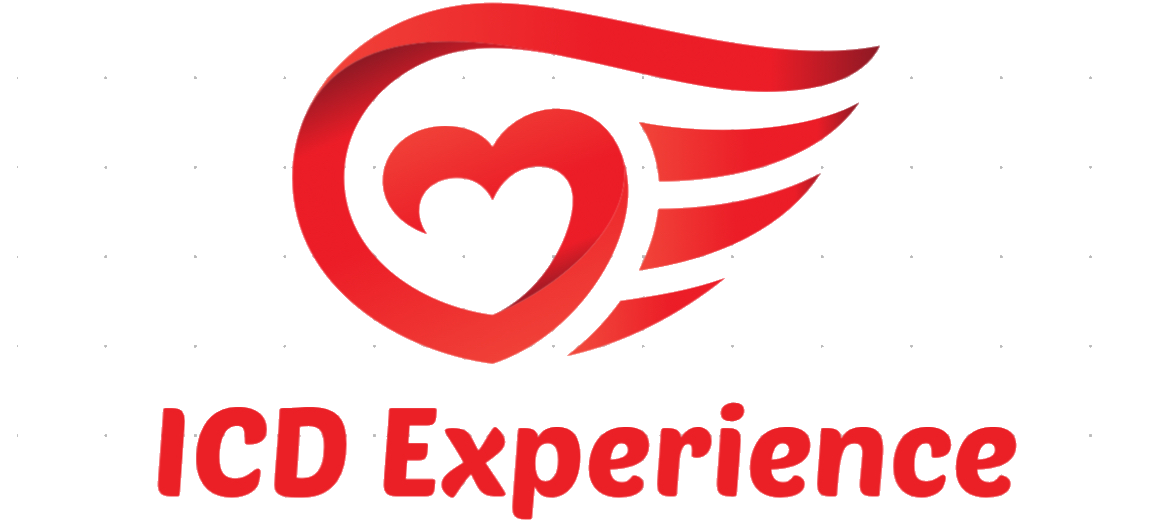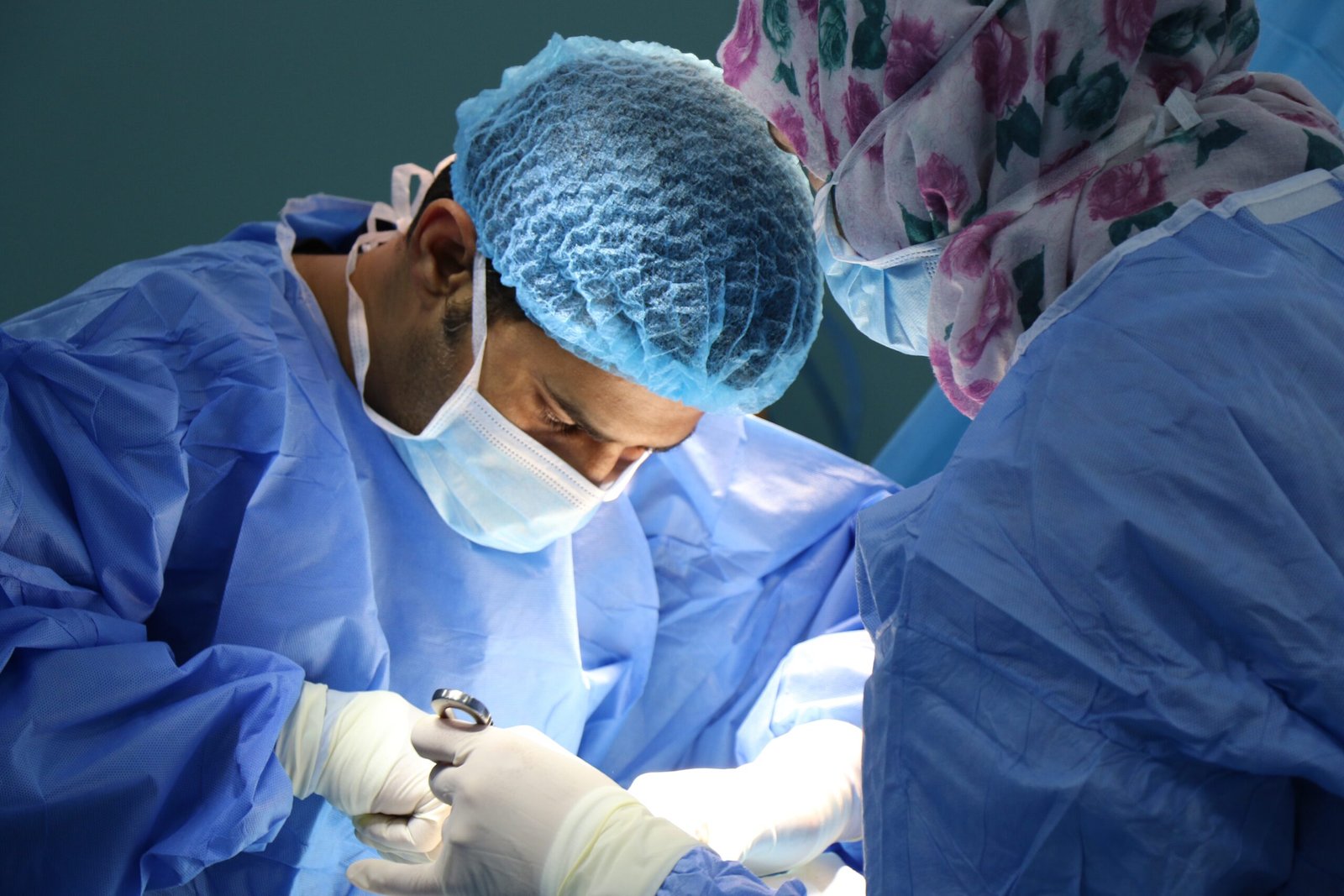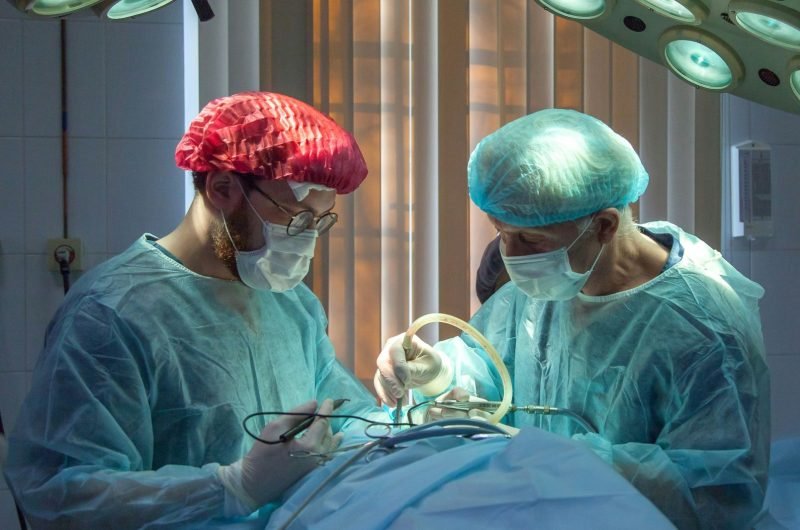When you’re first told you need an ICD procedure, everything else kind of fades out. It’s a big moment — emotionally and medically. I know I felt overwhelmed when the idea of an implantable defibrillator was first mentioned. But understanding the ICD procedure — what it is, why it’s done, and what happens afterward — can give you back some control in the middle of the chaos.
This article breaks it down: the procedure itself, how you recover, what changes, and what doesn’t. It’s based on real experience — mine — and it’s written with one goal in mind: to help you walk into this chapter of your life with more clarity and a little less fear.
What Is an ICD?
An Implantable Cardioverter Defibrillator, or ICD, is a small electronic device implanted under your skin near your collarbone. It continuously monitors your heart rhythm, looking out for dangerous rhythms like ventricular tachycardia (VT) or ventricular fibrillation (VF). If it detects one, it can respond instantly by sending a mild electrical pulse or, if necessary, a stronger shock to restore a normal rhythm.
In simple terms, it’s a built-in emergency responder for your heart. It doesn’t interfere with your daily life, but it’s there when you need it — and for some, that means the difference between life and death.
There are a few types of ICDs. A single-chamber ICD sends electrical signals to one chamber of the heart. A dual-chamber device targets two. There’s also a CRT-D version used in some heart failure patients to help the heart beat in sync.
If you want a more technical breakdown of how these devices work, the American Heart Association explains ICDs well.
Who Needs an ICD?
Not everyone needs an ICD, but for those who do, it’s often essential. Doctors typically recommend an ICD procedure for people at risk of sudden cardiac arrest — including individuals with a weakened heart muscle (low ejection fraction), prior episodes of VT or VF, or inherited heart rhythm conditions like Long QT Syndrome or Brugada Syndrome.
In my case, I hadn’t had a full cardiac arrest, but I’d been through severe arrhythmias and my heart function was low. My cardiologist said waiting could be dangerous. The ICD gave me a second layer of protection.
Facing the News: “You Need an ICD”
I’ll never forget the day my doctor said those words. It hit me hard. Even as he explained how the device worked, all I could think was: “Am I really that sick?”
Maybe you’re feeling that too — blindsided. That reaction is completely normal. But needing an ICD doesn’t mean you’re broken. It means your medical team sees the value in protecting your future. The ICD isn’t a defeat — it’s a defense.
Preparing for the ICD Procedure
Before the procedure, you’ll go through a few tests — probably an EKG, an echocardiogram, and maybe a cardiac MRI or stress test. These help your team determine how your heart is functioning and what type of ICD you need.
You’ll also meet with a heart rhythm specialist known as an electrophysiologist. If you’ve never heard of one before, the Cleveland Clinic has a great explainer on what they do.
They’ll walk you through what to expect, explain how the device will be placed (usually on the left side of the chest), and go over surgery instructions — including fasting and what meds to pause beforehand.
What Happens During the ICD Procedure?
The procedure itself is fairly straightforward. It’s done in a specialized lab with you awake but sedated. You’ll receive local anesthesia to numb the area, along with medicine to help you relax. I don’t remember much of mine — just the prep and waking up after.
The doctor makes a small incision near your collarbone, then threads thin wires (called leads) through a vein into your heart. These leads monitor and correct your heartbeat. The ICD device itself is implanted under your skin and connected to the leads.
Before closing up, your team may briefly induce an abnormal rhythm to make sure the ICD reacts properly. I know that sounds scary, but you’re sedated and monitored the whole time. It’s a standard step to make sure everything works.
After that, they close the incision and keep you for a few hours. Many people go home the same day.
The First Few Days After the ICD Procedure
The first few days can be uncomfortable. I felt sore and stiff in my shoulder and chest, especially when lifting my arm. You’ll be told not to raise your arm above shoulder height or lift anything heavy — that’s to let the leads settle without disruption.
Sleeping on the ICD side might not feel great at first. I slept partially upright with pillows to ease pressure and make it more comfortable.
Your doctor will probably prescribe pain medication and possibly antibiotics. I got by with Tylenol after the first day or two. You’ll need to keep the incision dry, watch for signs of infection, and follow up with your care team.
Short daily walks were helpful for me. Even a few minutes outside made a difference in how I felt physically and emotionally.
Follow-Ups and Remote Monitoring
Most modern ICDs are paired with a bedside remote monitoring system that tracks the device’s activity and sends data back to your doctor while you sleep. It’s passive and completely painless — and it reduces the number of office visits you’ll need.
Still, you’ll have in-person follow-ups every few months to check the battery and leads, download any events, and make any setting adjustments.
ICD batteries usually last between 5 to 10 years. When it’s time to replace the device, it’s a much simpler procedure — the leads often stay in place.
Emotional Recovery: A Big Part of the ICD Journey
No one really talks about the mental side of this. I didn’t expect the anxiety. Every flutter or skipped beat made me jump. I worried about getting shocked, especially when I was alone or in public.
It took me time to trust my device — and my body — again. What helped most was talking to a therapist and connecting with other ICD recipients.
If you’re feeling overwhelmed, I wrote a full post on managing anxiety with an ICD. It includes the exact steps I took to feel safe again.
Can I Go Back to My Normal Life?
Yes — 100%. After a few weeks of healing, most people go back to work, drive again, fly, hike, and do the things they love. There may be a few adjustments, but life goes on.
You’ll need to avoid resting electronics directly on your ICD. Things like phones, smartwatches, and magnetic devices should be kept a few inches away from the implant site. Airport security may need to manually screen you, so carry your device ID card just in case.
But aside from those small changes? Most of your routines will return.
Heart Health and Lifestyle Changes After an ICD Procedure
Getting the ICD made me think more about how I was treating my body. I wanted to give the device less work to do.
I started eating more whole foods, cutting back on salt, and walking every day. I also tried breathing exercises and got more serious about reducing stress.
If you’re looking for guidance, I shared a full guide on eating healthy with an ICD, including what worked for me.
How Loved Ones Can Help (And How You Can Let Them)
This part can be tricky. You might not know how to ask for help. Your family might not know what you need.
For me, the best thing was open communication. I asked for help with small things — like meals and appointments — and kept them in the loop emotionally.
If you’re supporting someone with an ICD, or if you’re a caregiver trying to better understand what recovery looks like, this piece may help: Caregiver Perspectives: Supporting Loved Ones with ICDs.
Quick FAQ About the ICD Procedure
Most people recover physically in 4 to 6 weeks. Emotional recovery is personal — it may take longer.
Yes. Most describe it as a quick, powerful jolt. It’s over fast — and it can save your life.
Yes. Many doctors recommend starting with cardiac rehab and gradually increasing activity.
It’s considered low risk. Your doctor will explain your personal risk profile in advance. How long does it take to recover from an ICD procedure?
Will I feel the shock if it happens?
Can I exercise again?
Is the ICD procedure safe?
Final Thoughts
If you’re preparing for your ICD procedure or just starting recovery, know this: it’s okay to be scared. But this doesn’t mean your life is shrinking. In fact, it might just give you more life to live.
If you’d like a more in-depth look at every part of this journey, from the surgery to the long-term lifestyle shifts, my book might help. It covers what I wish I’d known going in, and everything I learned afterward.
You can find it here: Understanding ICD Implants: A Comprehensive Guide
You’ve got this. And you’re not alone.













6 Comments